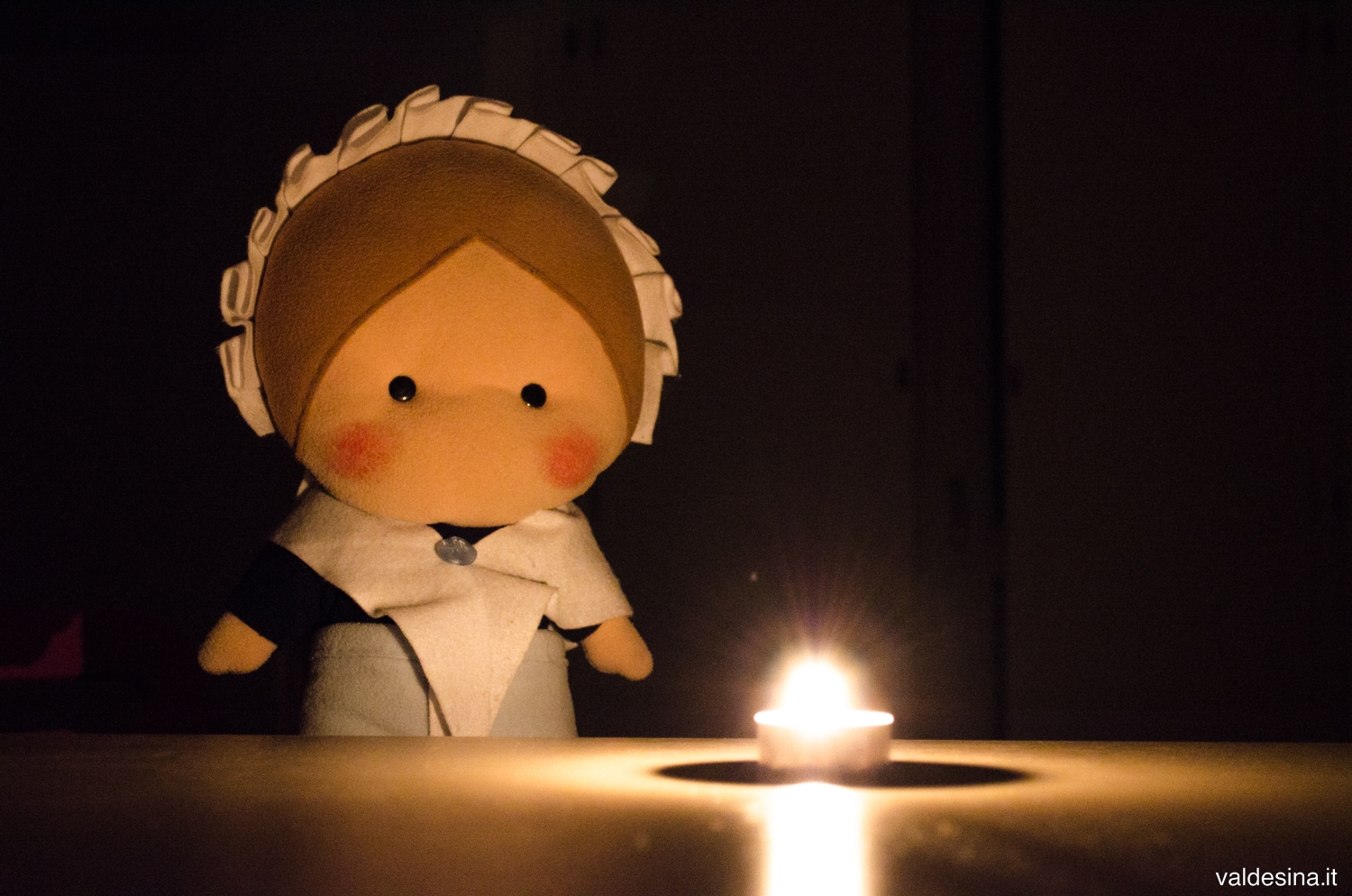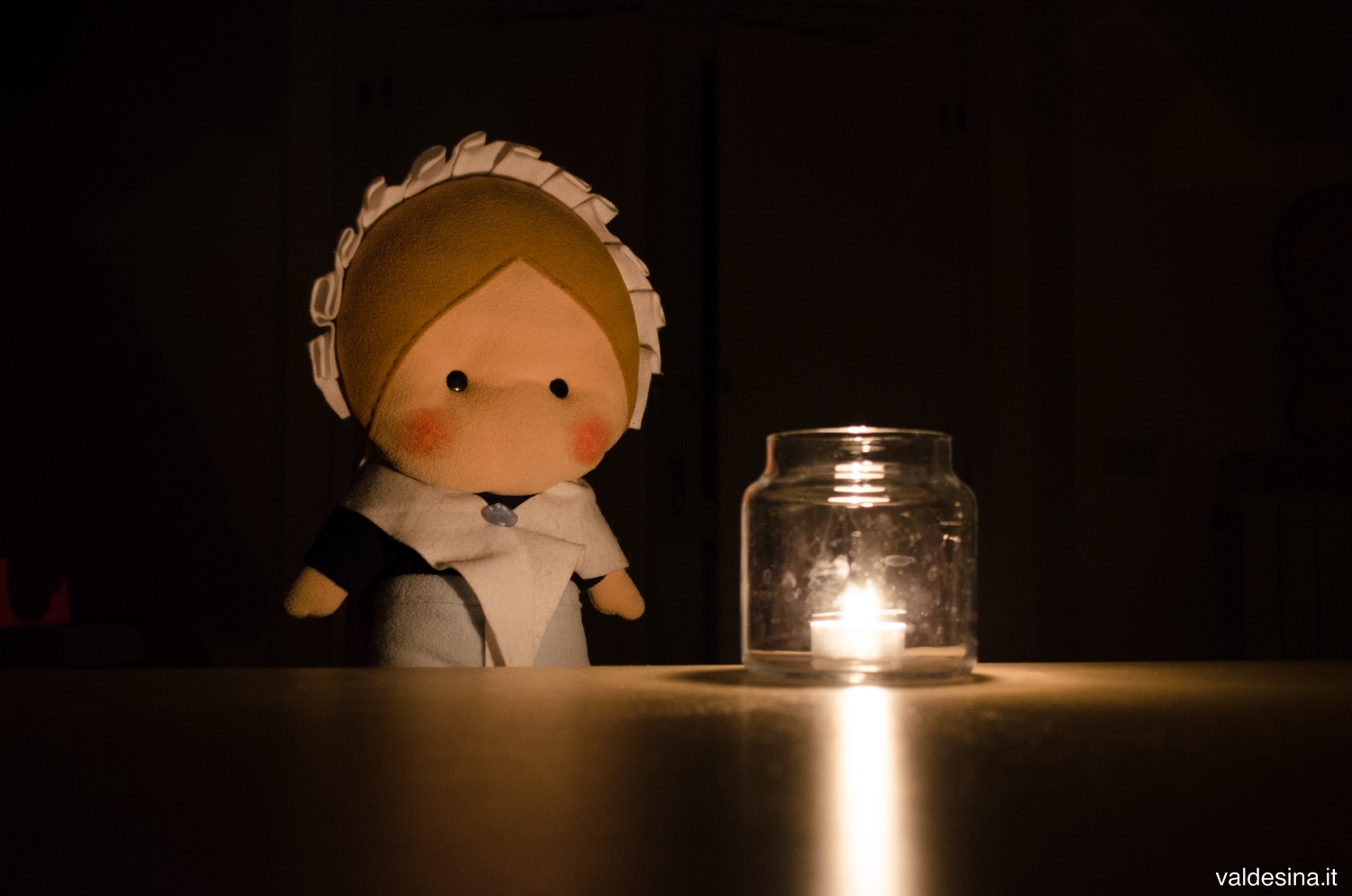Hello kids!
Today I’d like to go back and talk to you about some of the most ancient traditions of the Valleys, those dating back to a period much before struggles for religion, even before Waldensians arrived here… I’d like to back to a time when human beings used to celebrate nature through one of their greatest conquests: the fire.
If primitive man had not learned to handle fire, we probably would not be here talking about it. Fire gave ancient men warmth, food, protection: in one word, it gave’em survival.
It is therefore not surprising that during the important moments of the year bonfires were lit, especially in certain precise periods.
On fires straw effigies were usually burnt, representing the spirit of the vegetation; in springtime the Old Witch was burned (it is told that even about fifty years ago – you can read it here – this ancient tradition was still taking place in Torre Pellice). The puppet would also symbolize Death, that in spring had to give way to the force of nature that awakens from the long winter.

One of the main celebrations of fire from the Celtic tradition used to fall on May 1st and it was called “Beltane”. It was then used to light bonfires on high grounds and then spread ashes in the fields to fertilize the ground to make it grow abundant crops.
Another special period of the year was that of Midsummer: traditionally on June 23rd, the day of the solstice, which the Christian tradition then slipped to the 24th with the great feasts for Saint John (d’you know that still today in Turin a big bonfire in the square is lit that night?).
The other great Celtic celebration in which the fire was of very big importance would fall on October 31st, the night of Samhain (that later on became the night of Halloween) in which the souls of the dead would return to their old homes to warm themselves and eat dishes cooked specifically for them.
November 1st was in fact the Celtic New Year Day and it was assimilated to the Catholic feast of All Saints, while the reference to the afterlife was held in today calendar on November 2nd, day dedicated to dead dear ones.
 May 1st and November 1st used to be the main celebrations for Celts because they would mark dates of primary importance for shepherds and their flocks. For farmers, on the other hand, dates relating to changing season of nature (such as solstices) were more important.
May 1st and November 1st used to be the main celebrations for Celts because they would mark dates of primary importance for shepherds and their flocks. For farmers, on the other hand, dates relating to changing season of nature (such as solstices) were more important.
The ancient celebration of fire at winter solstice used to celebrate the nativity of Sun which was believed to be born on the shortest day of the year, and which became Christmas Day (established by Church for the birth of Christ).
Not too long ago, the main ritual of this day of celebration called “Yule” was to burn the Christmas tree in the fireplace, perhaps as a memory of some ancient ceremonies that involved the lighting of a sacred fire at home.
Fire, therefore, used to represent, for our ancestors, both the sunlight, the creative force that allows vegetation to grow, but also the destructive force that burns every negative element.
That’s it for today; from my side, I can do nothing but wish you all the best: Christmas is just around the corner!
Do you want to read the tale in Italian ?
